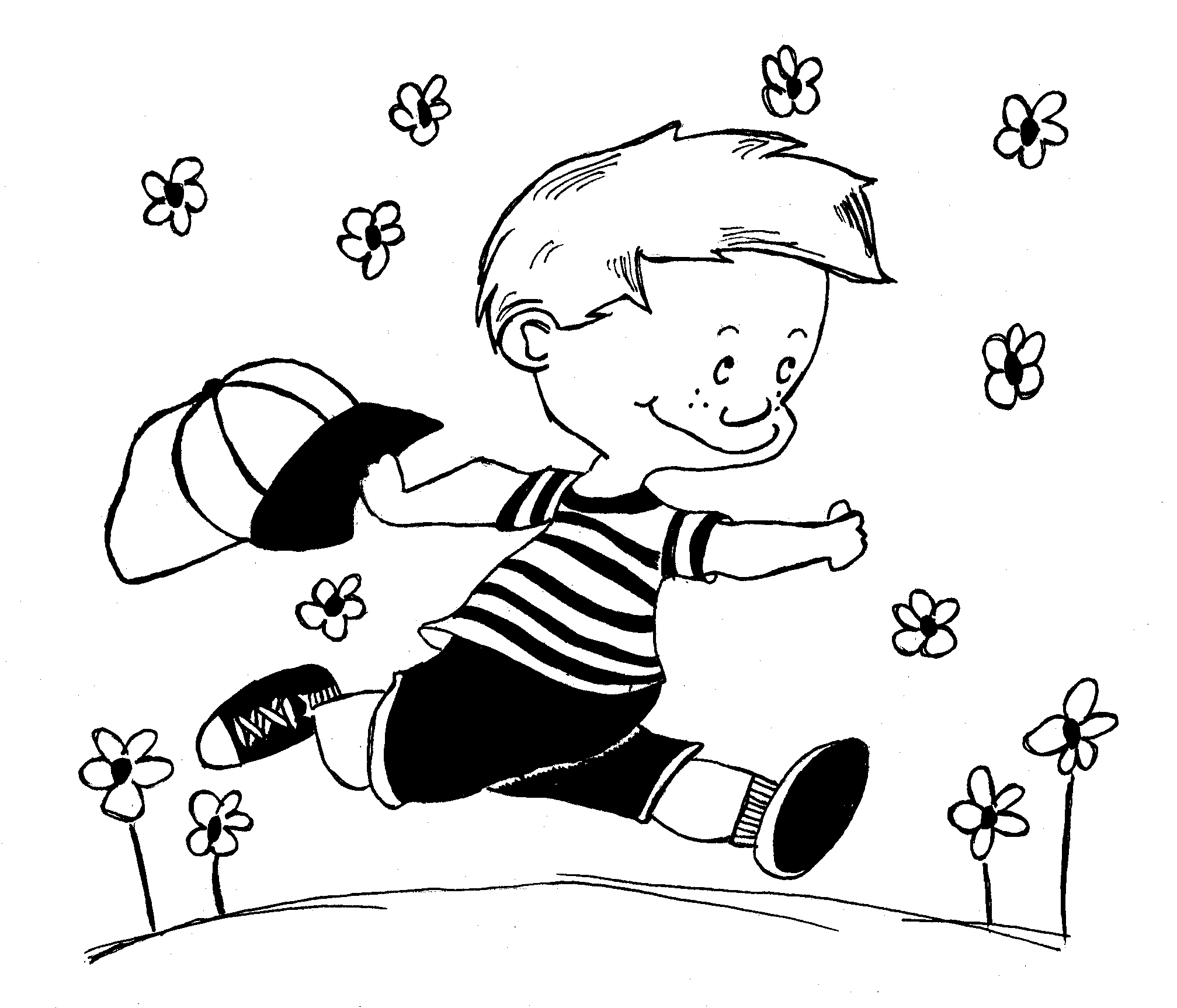Learning to read other people: the challenges of navigating emotional understanding
March 31, 2017
My mother has recounted to me many times an event that took place when I was only three or four years old. I was on the playground with a friend, and I had taken his hat. At first it was a game. We ran around the playground as he chased me to try to get his hat back. At some point it stopped being a game to my friend. He stopped in his tracks and started crying, going over to his mother for comfort. I, on the other hand, continued to run around with the hat, laughing when I thought that I had escaped his grasp. My mother came over to me and, instead of admonishing me for what I had done, walked me over to my friend and asked me to look at him. After studying his face, I gave him his hat back and said that I was sorry.
Brief as it is, this story became a part of the narrative of my experience as an autistic person. It was a story my mother brought up often—a reminder that served double duty as both a warning and a source of comfort. On one hand, it was important for me to remember that sometimes I was not good at reading other people. Whether intentionally or not, I had hurt my friend’s feelings, and it was important for me to own the shortcoming that had caused those hurt feelings. On the other hand, I was still a good person despite my shortcoming. I had no intention of hurting my friend’s feelings, and as soon as I realized that I had, I tried to rectify my mistake.
I recall this story so many years after it took place because it has stayed relevant to my everyday life. This story will also be familiar to other autistic people. Social misunderstandings are the bread and butter of a young autistic person’s life. I have listened to many autistic friends and acquaintances recount experiences from their youth—instances where they had misread someone’s emotional state and were rebuked for their lack of understanding. I have also heard many of these same friends and acquaintances referred to by others as insensitive, emotionless and other disrespectful names. I’m sure that much of this animosity stems from instances of misunderstood reactions and emotions, just like how I misunderstood my friend’s reaction to my taking his hat.
It is important when interacting with an autistic person to set your expectations for emotional understanding low. Don’t expect that they will be able to understand how you are feeling through your tone of voice and body language. It is possible that they do have the emotional understanding to tell how you are feeling through implicit means, and if so, that is fantastic. They have worked very hard and come very far to get there. However, emotional understanding cannot be assumed, and, if you need them to understand something about how you feel, tell them using explicit and literal speech (just in case). Otherwise, they may come across as being insensitive when really they are trying their best.
 Caroline Carter
Caroline Carter
Comments
Before submitting a comment, please review our comment policy. Some key points from the policy: